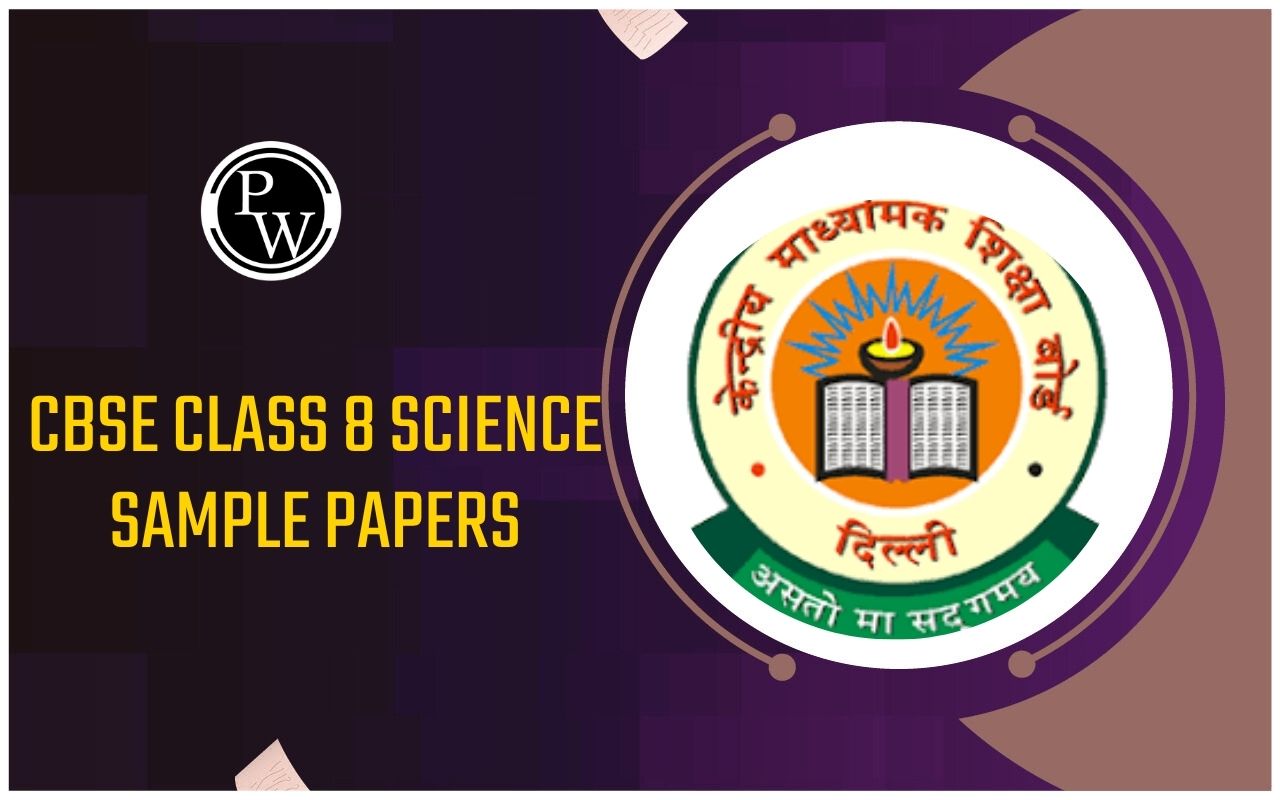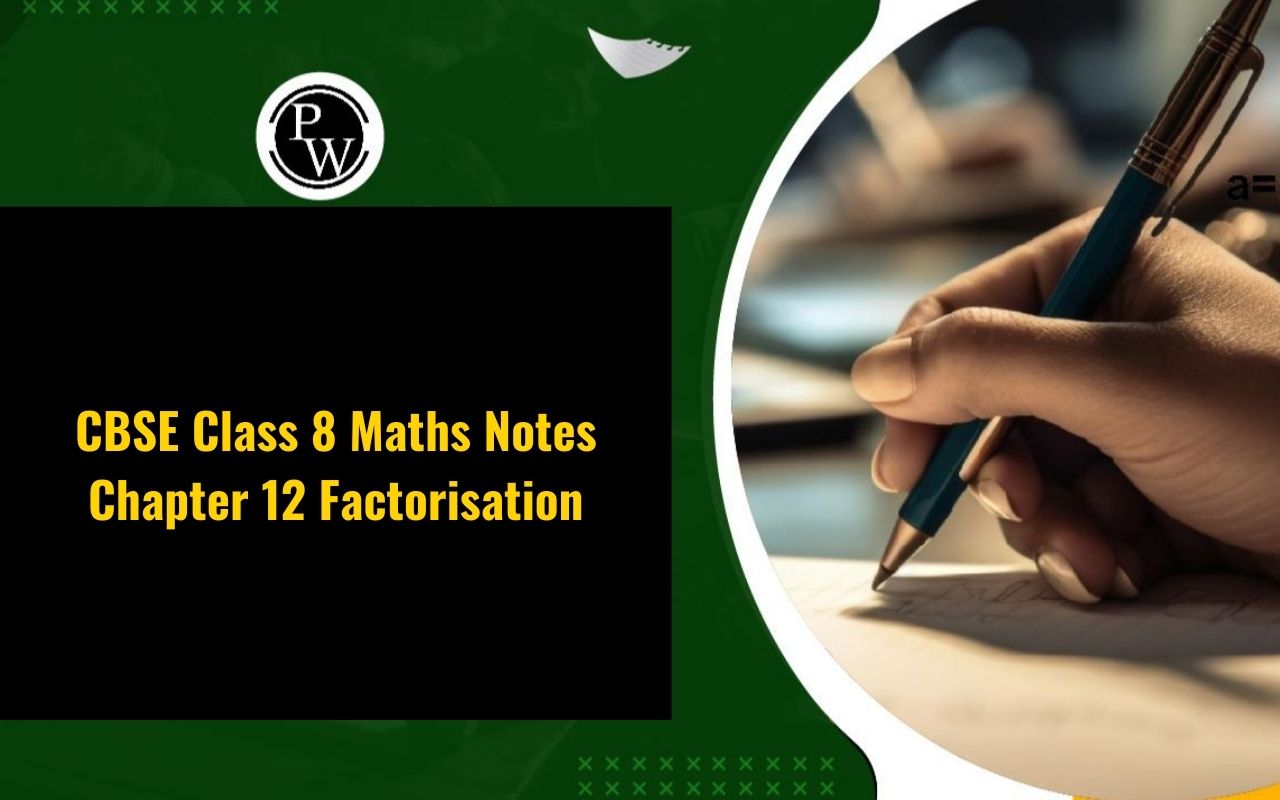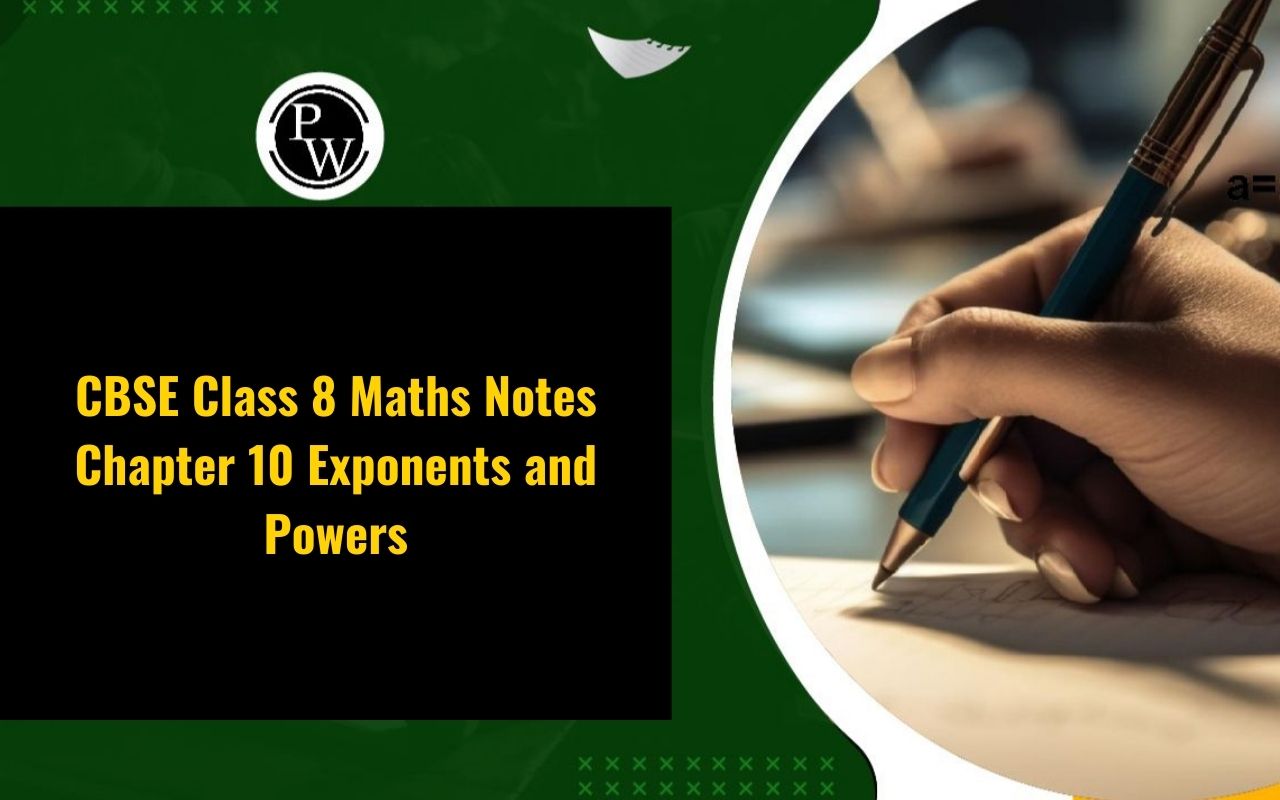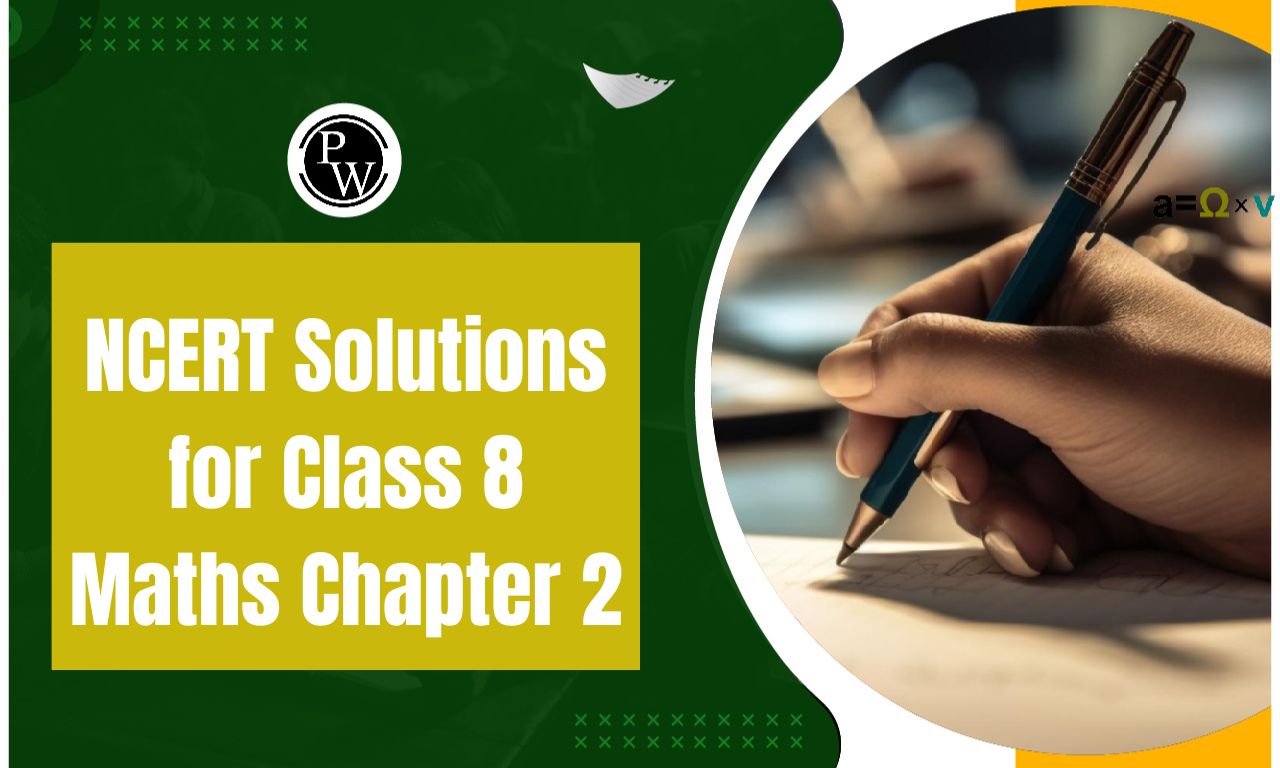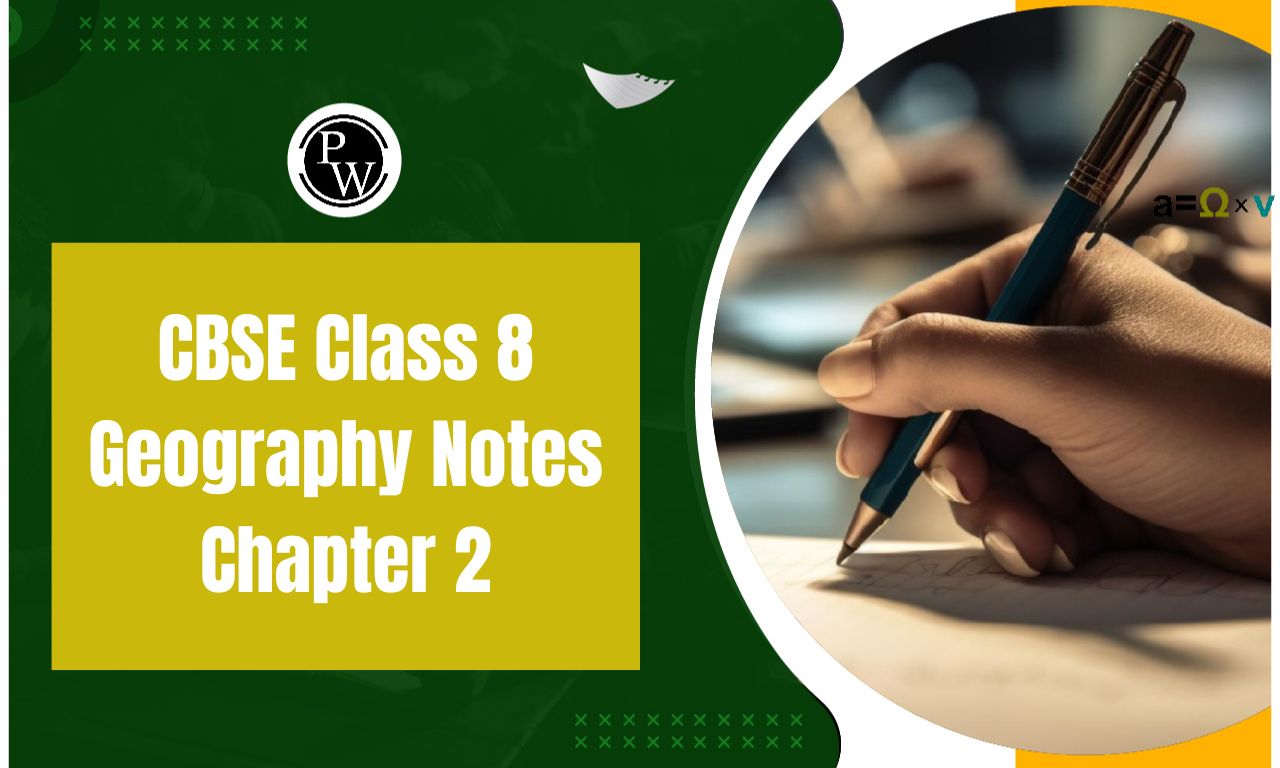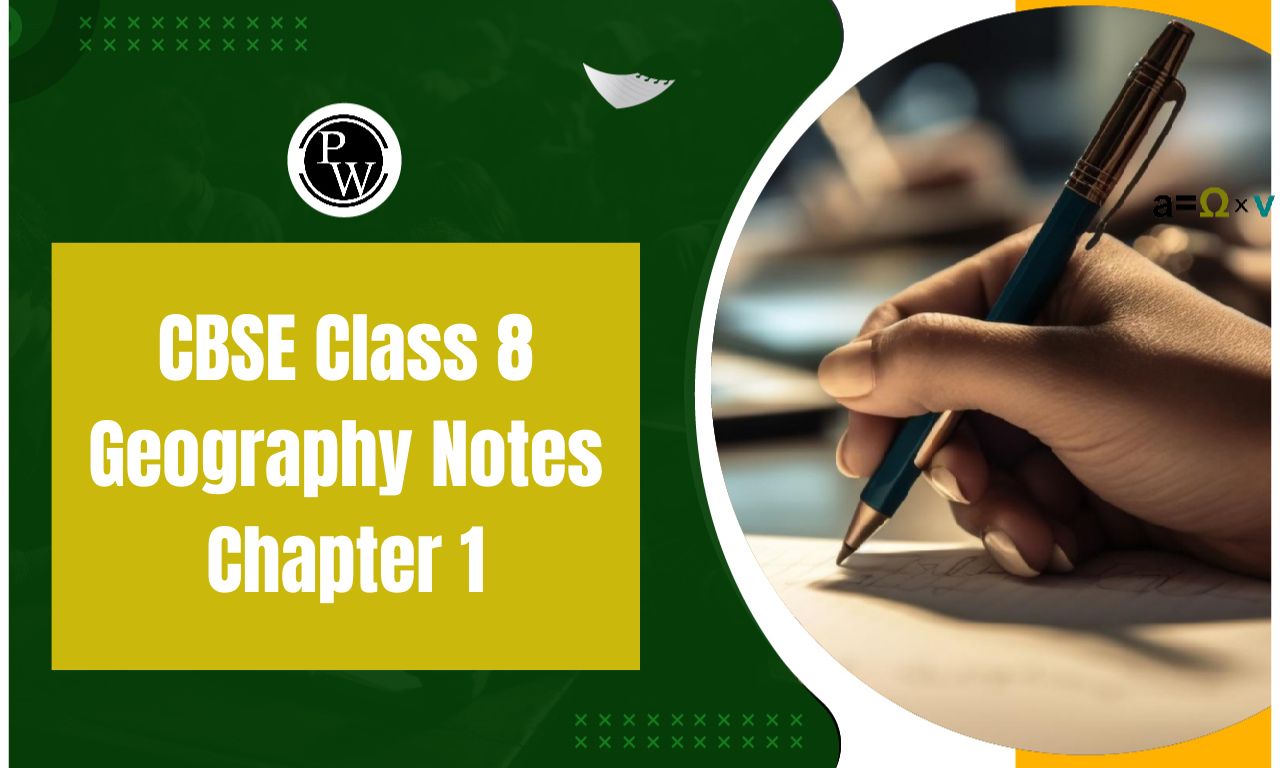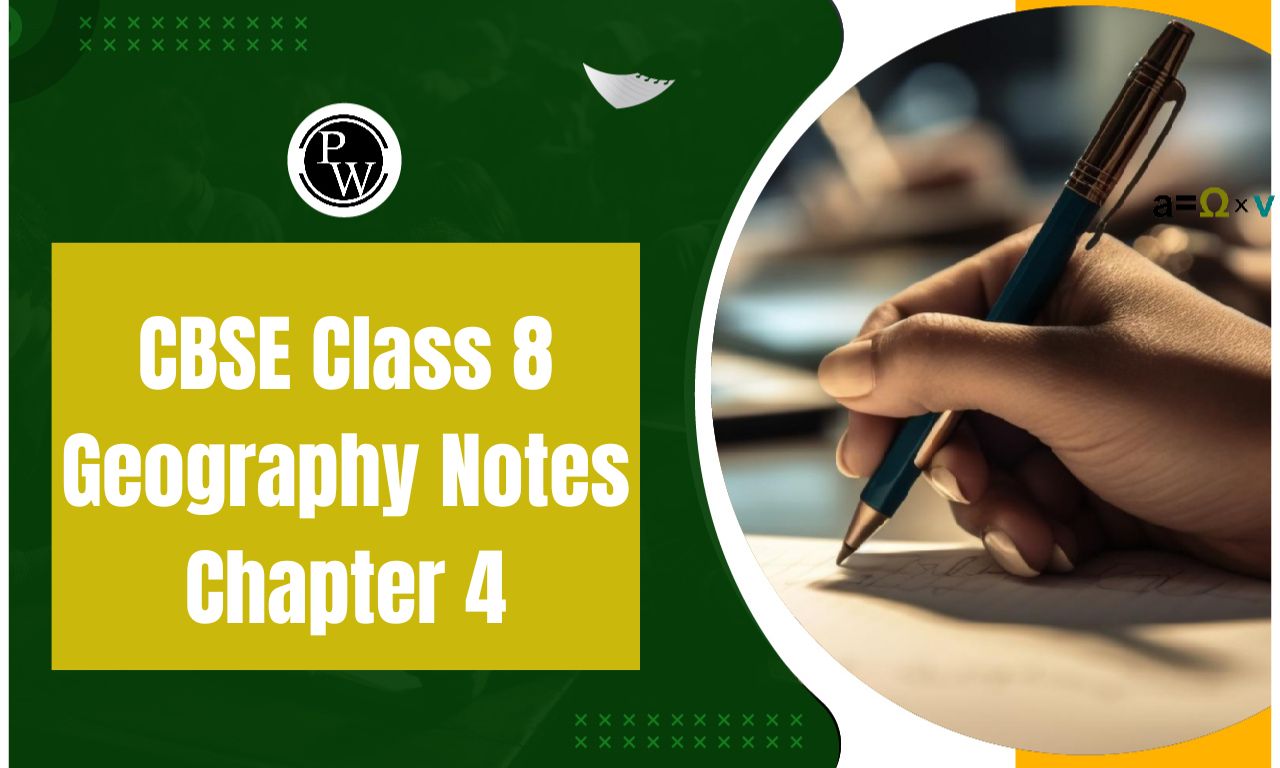

NCERT Solutions for Class 8 Maths Chapter 5: NCERT Solutions for Class 8 Maths Chapter 5, Data Handling, provide comprehensive guidance and step-by-step explanations for students to master the concepts of organizing, representing, and interpreting data.
This chapter introduces various methods such as tally marks, bar graphs, pie charts, and histograms to analyze data effectively. The solutions, created by subject matter experts, aim to simplify complex topics and help students develop strong problem-solving skills.NCERT Solutions for Class 8 Maths Chapter 5 Overview
These notes for NCERT Solutions for Class 8 Maths Chapter 5 have been created by subject experts of Physics Wallah. They explain data handling concepts in an easy-to-understand way, helping students learn how to organize, present, and understand data using methods like bar graphs, pie charts, and histograms. These solutions are designed to make learning easier and help students improve their skills in math, especially when dealing with data analysis and interpretation exercises.NCERT Solutions for Class 8 Maths Chapter 5 PDF
You can access the PDF link provided below for NCERT Solutions for Class 8 Maths Chapter 5. These solutions cover the topic of data handling comprehensively providing clear explanations and step-by-step guidance on how to organize and interpret data using various graphical methods like bar graphs, pie charts, and histograms. This PDF is a valuable resource for students to strengthen their understanding and problem-solving skills in mathematics.NCERT Solutions for Class 8 Maths Chapter 5 PDF
NCERT Solutions for Class 8 Maths Chapter 5 Data Handling
Here we have provided NCERT Solutions for Class 8 Maths Chapter 5 Data Handling for the ease of students so that they can prepare better for their exams.NCERT Solutions for Class 8 Maths Chapter 5 Data Handling Exercise 5.1 Page: 76
1. For which of these would you use a histogram to show the data?
(a) The number of letters for different areas in a postman’s bag.
(b) The height of competitors in an athletics meet.
(c) The number of cassettes produced by 5 companies.
(d) The number of passengers boarding trains from 7.00 a.m. to 7.00 p.m. at a station. Give a reason for each.
Solution: We know that a Histogram is a graphical representation of data if the data is represented using class interval. Since the cases mentioned in options (b) and (d) can be divided into class intervals, the histogram can be used to show the data. Similarly, since the cases mentioned in options (a) and (c) cannot be divided into class intervals, histograms cannot be used to represent the data.2. The shoppers who come to a departmental store are marked as man (M), woman (W), boy (B) or girl (G). The following list gives the shoppers who came during the first hour of the morning.
W W W G B W W M G G M M W W W W G B M W B G G M W W M M W W W M W B W G M W W W W G W M M W M W G W M G W M M B G G W. Make a frequency distribution table using tally marks. Draw a bar graph to illustrate it. Solution: Frequency distribution table:
Bar-graph:
Frequency distribution table:
Bar-graph:

3. The weekly wages (in ₹) of 30 workers in a factory are:
830, 835, 890, 810, 835, 836, 869, 845, 898, 890, 820, 860, 832, 833, 855, 845, 804, 808, 812, 840, 885, 835, 835, 836, 878, 840, 868, 890, 806, 840. Using tally marks, make a frequency table with intervals as 800 – 810, 810 – 820 and so on. Solution: The frequency table with intervals as 800 – 810, 810 – 820 and so on, using tally marks, is given below:
The frequency table with intervals as 800 – 810, 810 – 820 and so on, using tally marks, is given below:
4. Draw a histogram for the frequency table made for the data in Question 3 and answer the following questions.
(i) Which group has the maximum number of workers?
(ii) How many workers earn ₹ 850 and more?
(iii) How many workers earn less than ₹ 850?
Solution: (i) 830-840 is the group having a maximum number of workers, 9, compared to other groups.
(ii) Workers earning ₹ 850 and more= 1+3+1+1+4=10
(iii) Workers earning less than ₹ 850= 3+2+1+9+5=20
(i) 830-840 is the group having a maximum number of workers, 9, compared to other groups.
(ii) Workers earning ₹ 850 and more= 1+3+1+1+4=10
(iii) Workers earning less than ₹ 850= 3+2+1+9+5=20
5. The number of hours for which students of a particular class watched television during holidays is shown in the given graph.
Answer the following:(i) For how many hours did the maximum number of students watch TV?
(ii) How many students watched TV for less than 4 hours?
(iii) How many students spent more than 5 hours watching TV?
 Solution:
(i) 32 students watched TV for 4-5 hours. ∴ The maximum number of students who watched TV for 4 – 5 hours.
(ii) The number of students who watched TV less than 4 hours= 22+8+4=34
(iii) The number of students who spent more than 5 hours watching TV
=8+6=14
Solution:
(i) 32 students watched TV for 4-5 hours. ∴ The maximum number of students who watched TV for 4 – 5 hours.
(ii) The number of students who watched TV less than 4 hours= 22+8+4=34
(iii) The number of students who spent more than 5 hours watching TV
=8+6=14
NCERT Solutions for Class 8 Maths Chapter 5 Data Handling Exercise 5.2 Page: 82
1. A survey was made to find the type of music that a certain group of young people liked in a city.
An adjoining pie chart shows the findings of this survey. From this pie chart, answer the following:(i) If 20 people liked classical music, how many young people were surveyed?
(ii) Which type of music is liked by the maximum number of people?
(iii) If a cassette company were to make 1000 CDs, how many of each type would they
make?
Solution:
(i) 10% represents 100 people. ⟹20% represents = (100×20)/10 = 200 ∴ 200 people were surveyed. (ii) Since 40% of the total people surveyed liked light music and no other form of song was liked more than that, we can conclude that light music is liked by the maximum number of people. (iii) CDs of classical music = (10 × 1000)/100 = 100 CDs of semi-classical music = (20 × 1000)/100 = 200 CDs of light music = (40 × 1000)/100 = 400 CDs of folk music = (30 × 1000)/100 = 3002. A group of 360 people were asked to vote for their favourite season from the three:
seasons rainy, winter and summer.(i) Which season got the most votes?
(ii)Find the central angle of each sector.
(iii) Draw a pie chart to show this information

Solution:
(i) According to the table given in the question, the winter season got the most votes. (ii) Central angle of summer season= (90×360)/360= 90o Central angle of rainy season= (120×360)/360= 120o Central angle of winter season= (150×360)/360= 150o (iii)
3. Draw a pie chart showing the following information. The table shows the colours preferred by a group of people.

Solution:
Here, central angle = 360o Total number of people = 36

4. The adjoining pie chart gives the marks scored in an examination by a student in Hindi, English, Mathematics, Social Science and Science. If the total marks obtained by the students were 540, answer the following questions.
(i) In which subject did the student score 105 marks?
(Hint: for 540 marks, the central angle = 360°. So, for 105 marks, what is the central angle?)(ii) How many more marks were obtained by the student in Mathematics than in Hindi?
(iii) Examine whether the sum of the marks obtained in Social Science and Mathematics is more than that in Science and Hindi (Hint: Just study the central angles).
 Solution:
Solution:

(i) The student scored 105 marks in Hindi.
(ii) Marks obtained in Mathematics = 135 Marks obtained in Hindi = 105 Difference = 135 – 105 = 30
Thus, 30 more marks were obtained by the student in Mathematics than in Hindi.(iii) The sum of marks in Social Science and Mathematics = 97.5 + 135 = 232.5 The sum of marks in Science and Hindi = 120 + 105 = 225
∴ the sum of the marks in Social Science and Mathematics is more than in Science and Hindi.5. The number of students in a hostel speaking different languages is given below. Display the data in a pie chart.

Solution:
NCERT Solution for Class 8 Maths Chapter 5 – Data Handling

NCERT Solutions for Class 8 Maths Chapter 5 Data Handling Exercise 5.3 Page: 87
1. List the outcomes you can see in these experiments.
(a) Spinning a wheel (b) Tossing two coins together
 Solution:
Solution:
(a) There are four letters A, B, C and D in a spinning wheel. So, there are 4 outcomes.
(b) When two coins are tossed together. There are four possible outcomes HH, HT, TH, and TT.
2. When a die is thrown, list the outcomes of an event of getting
(i) (a) a prime number (b) not a prime number
(ii) (a) a number greater than 5 (b) a number not greater than 5
Solution:(i) (a) Outcomes of the event of getting a prime number are 2, 3 and 5.
(b) Outcomes of the event of not getting a prime number are 1, 4 and 6.
(ii) (a) Outcomes of the event of getting a number greater than 5 is 6.
(b) Outcomes of the event of not getting a number greater than 5 are 1, 2, 3, 4 and 5.
3. Find the.
(a) Probability of the pointer stopping on D in (Question 1-(a)).
(b) Probability of getting an ace from a well-shuffled deck of 52 playing cards.
(c) Probability of getting a red apple. (See figure below)
 Solution:
Solution:
(a) In a spinning wheel, there are five pointers A, A, B, C, D. So, there are five
outcomes. The pointer stops at D, which is one outcome. So, the probability of the pointer stopping on D = 1/5(b) There are 4 aces in a deck of 52 playing cards. So, there are four events for getting an ace.
So, the probability of getting an ace = 4/52 = 1/13(c) Total number of apples = 7
Number of red apples = 4 Probability of getting a red apple = 4/74. Numbers 1 to 10 are written on ten separate slips (one number on one slip), kept in a box and mixed well. One slip is chosen from the box without looking into it. What is the probability of
(i) getting a number 6?
(ii) getting a number less than 6? (iii) getting a number greater than 6? (iv)getting a 1-digit number?
Solution:
(i) Outcome of getting a number 6 from ten separate slips is one.
∴ probability of getting a number 6 = 1/10(ii) Numbers less than 6 are 1, 2, 3, 4 and 5, which are five. So, there are 5 outcomes.
∴ probability of getting a number less 6 =5/10 = ½(iii) Number greater than 6 out of ten that are 7, 8, 9, 10. So there are 4 possible outcomes.
∴ probability of getting a number greater than 6 = 4/10 = 2/5(iv) One-digit numbers are 1, 2, 3, 4, 5, 6, 7, 8, 9 out of ten.
∴ probability of getting a 1-digit number = 9/105. If you have a spinning wheel with 3 green sectors, 1 blue sector and 1 red sector, what is the probability of getting a green sector? What is the probability of getting a non-blue sector?
Solution:
A total of five sectors are present. Out of the five sectors, three sectors are green. ∴ probability of getting a green sector = 3/5 Out of the five sectors, one sector is blue. Hence, non-blue sectors = 5 – 1 = 4 sectors ∴ probability of getting a non-blue sector= 4/56. Find the probabilities of the events given in Question 2.
Solution:
When a die is thrown, there is a total of six outcomes, i.e., 1, 2, 3, 4, 5 and 6. (i)(a) 2, 3, 5 are the prime numbers. So, there are 3 outcomes out of 6.
∴ probability of getting a prime number =3/6 = ½(b) 1, 4, 6 are not the prime numbers. So, there are 3 outcomes out of 6.
∴ probability of getting a prime number =3/6 = ½ (ii)(c) Only 6 is greater than 5.
So there is one outcome out of 6. ∴ probability of getting a number greater than 5= 1/6(d) Numbers not greater than 5 are 1, 2, 3, 4 and 5. So there are 5 outcomes out of 6.
∴ probability of not getting a number greater than 5= 5/6Benefits of NCERT Solutions for Class 8 Maths Chapter 5 Data Handling
- Concept Clarity : These solutions provide clear explanations and detailed steps to help students understand how to organize, represent, and interpret data effectively.
- Step-by-Step Guidance : They provide systematic approaches to solving problems related to data handling, covering methods like tally marks, bar graphs, pie charts, and histograms.
- Practice Exercises : The solutions include practice exercises that reinforce learning and help students apply data handling techniques confidently.
- Improvement in Problem-Solving Skills : By using these solutions, students can enhance their ability to analyze data and draw meaningful conclusions from graphical representations.
- Enhanced Understanding : Through these solutions, students develop a stronger grasp of mathematical concepts related to data handling, which is important for higher-level studies and practical applications.
NCERT Solutions for Class 8 Maths Chapter 5 FAQs
What is Data Handling in maths?
Why is Data Handling important?
What are the different types of graphs covered in Chapter 5 of Class 8 Maths?
How can NCERT Solutions help in understanding Data Handling in Chapter 5?
How can students prepare effectively for exams using Chapter 5 of Class 8 Maths?

